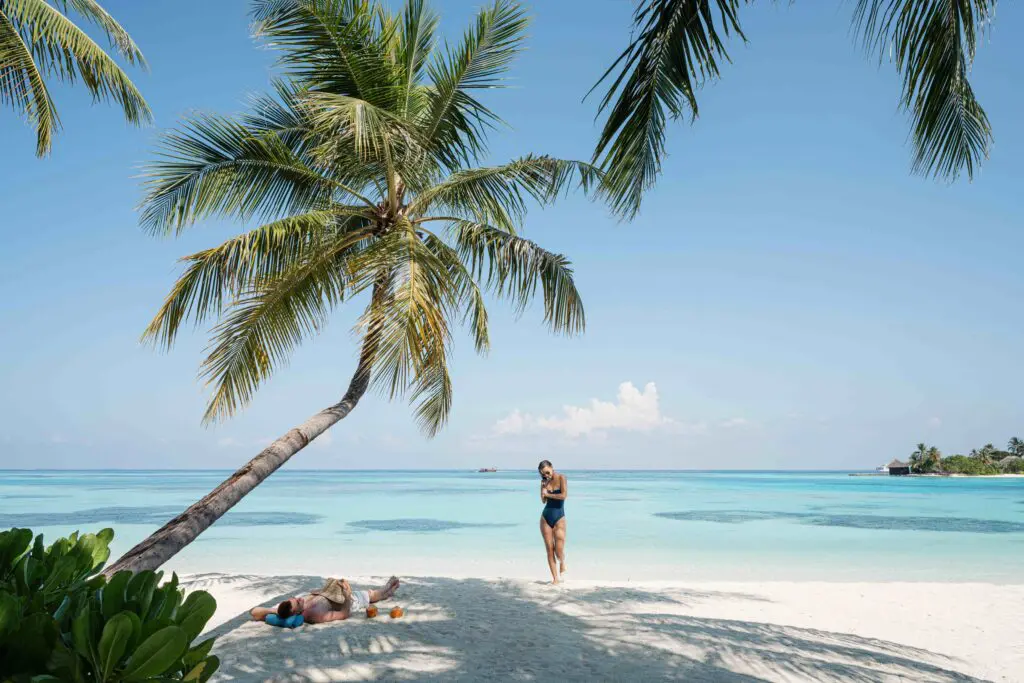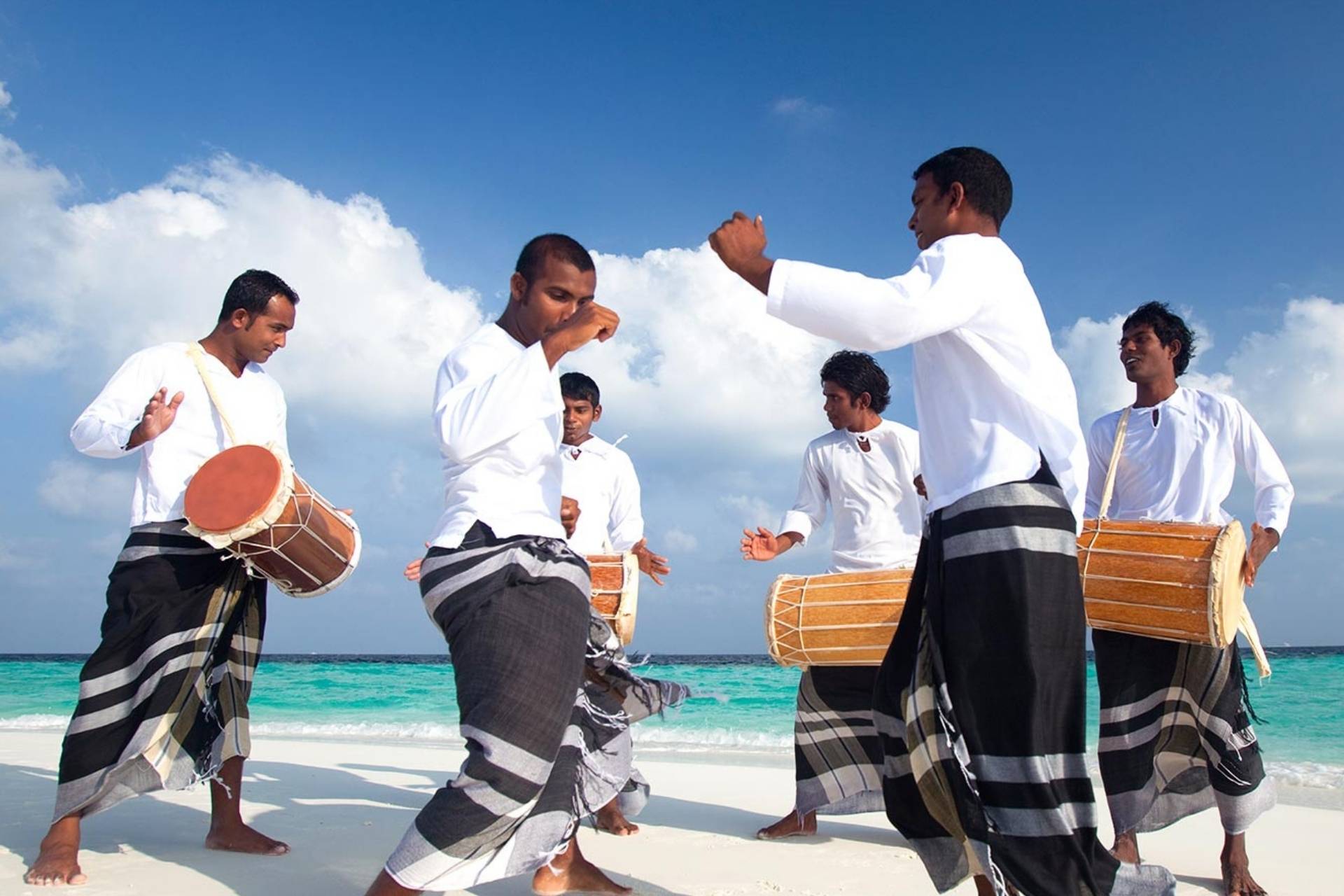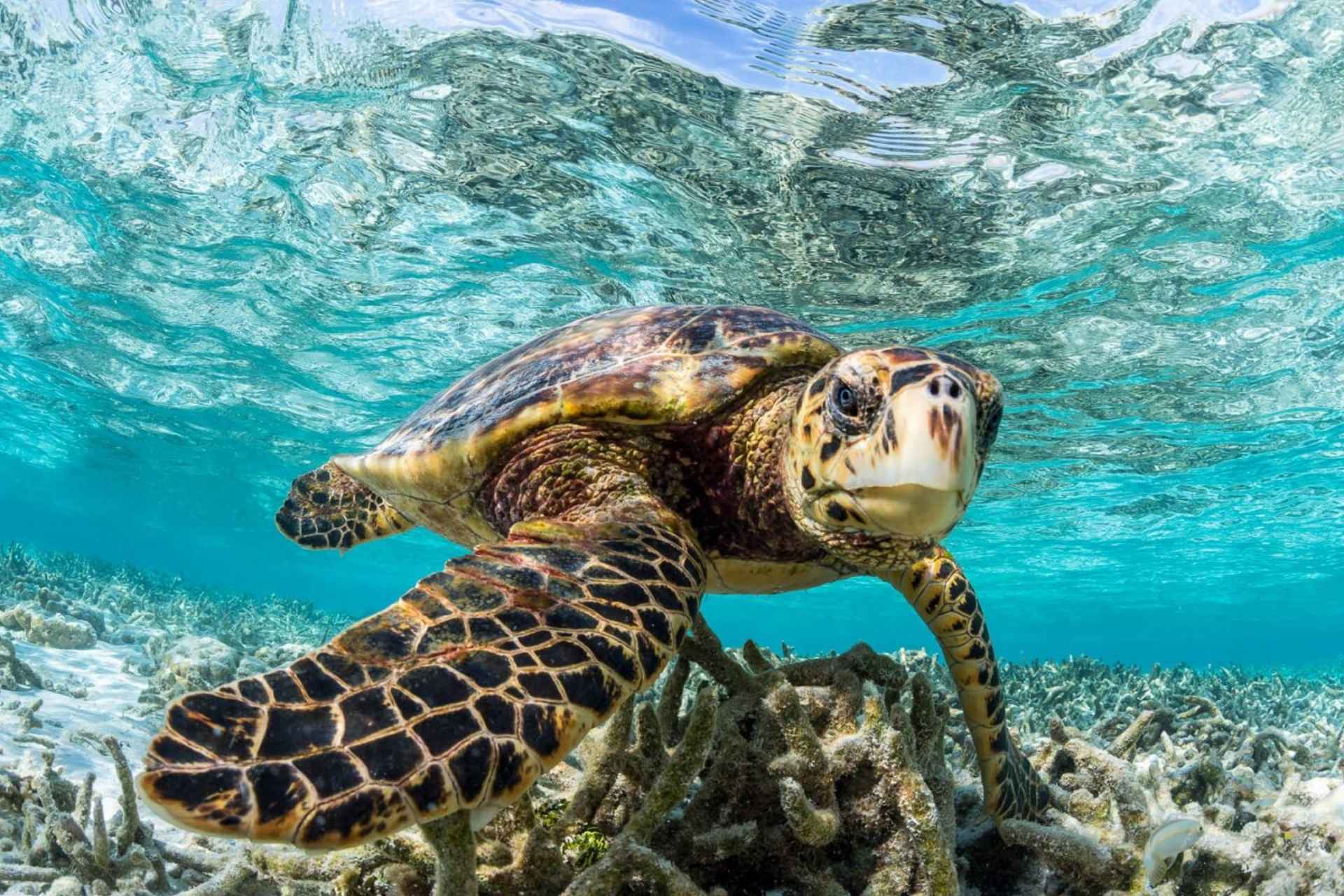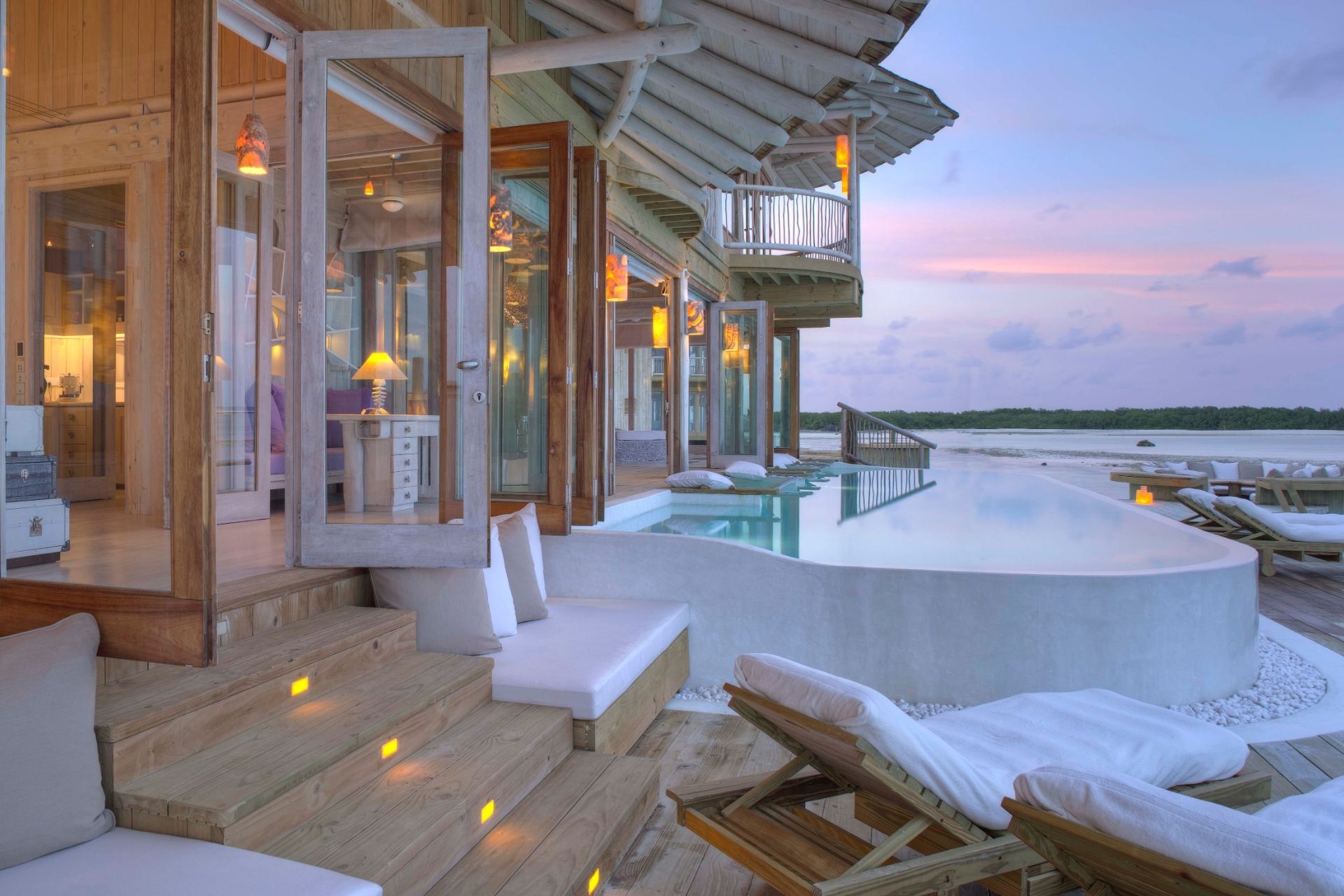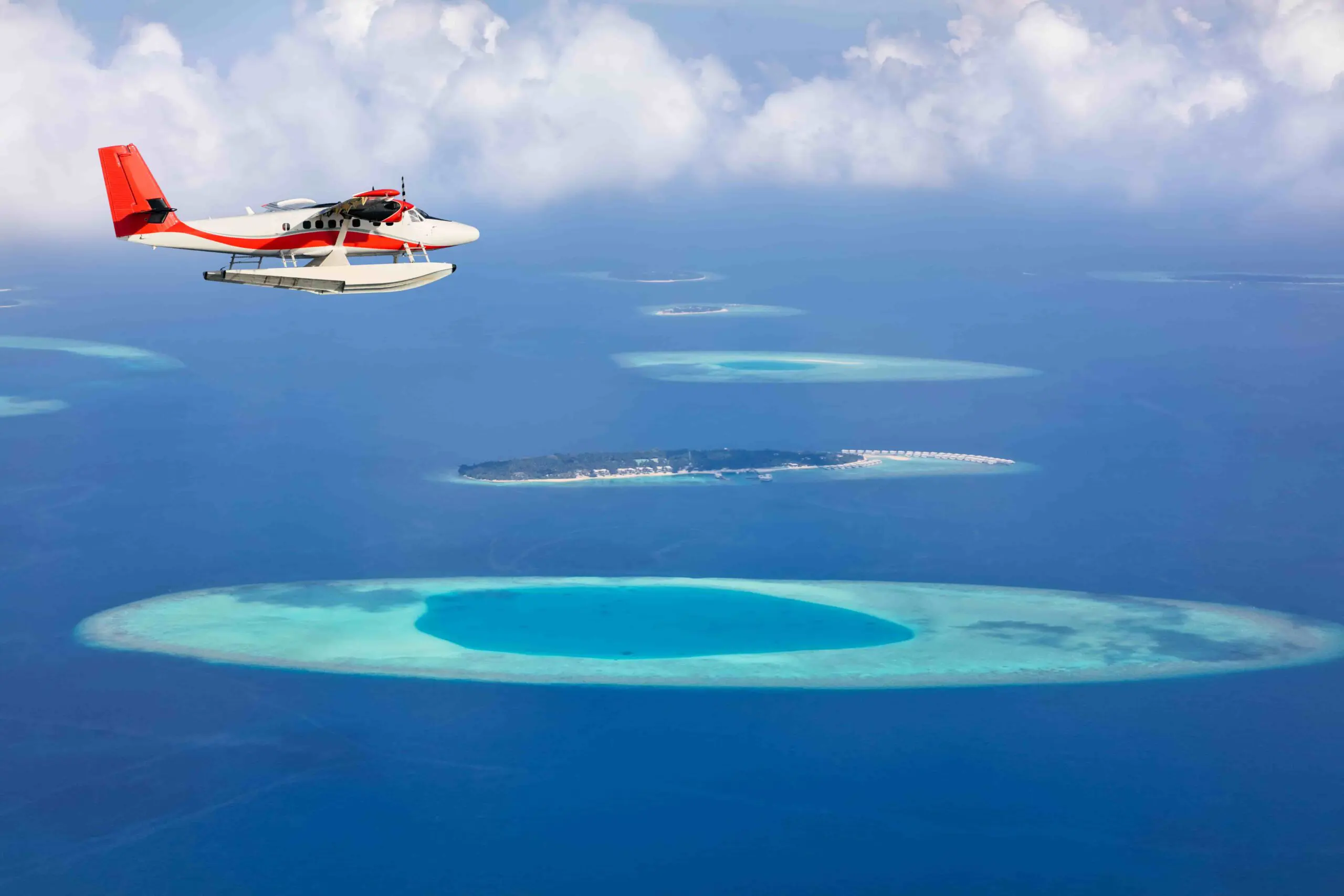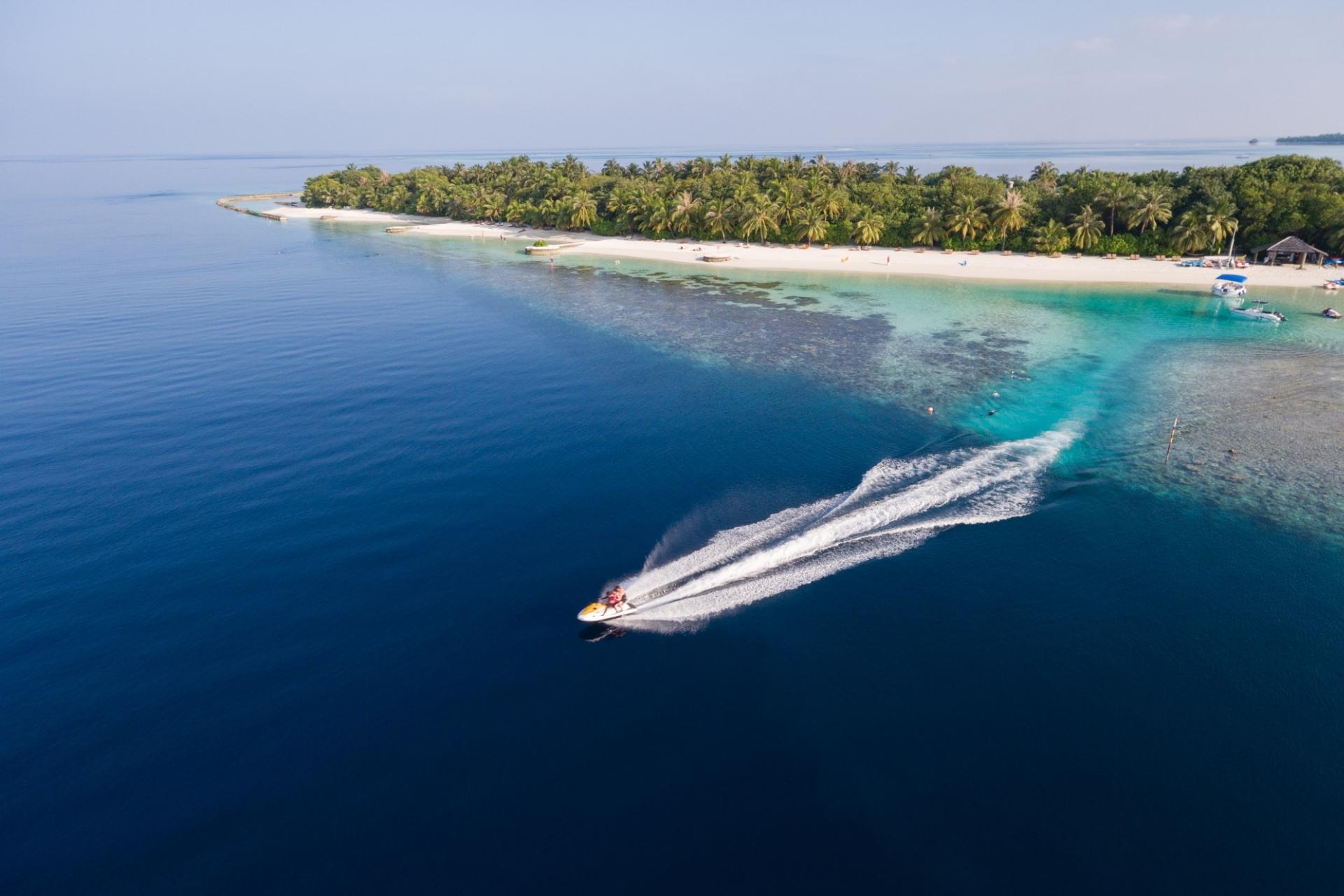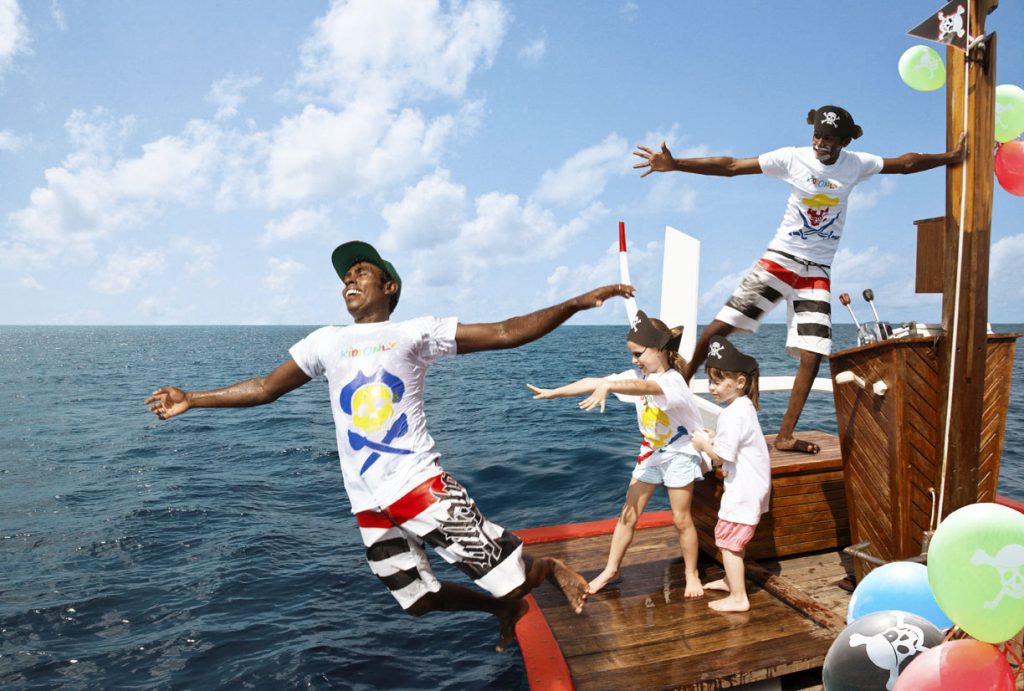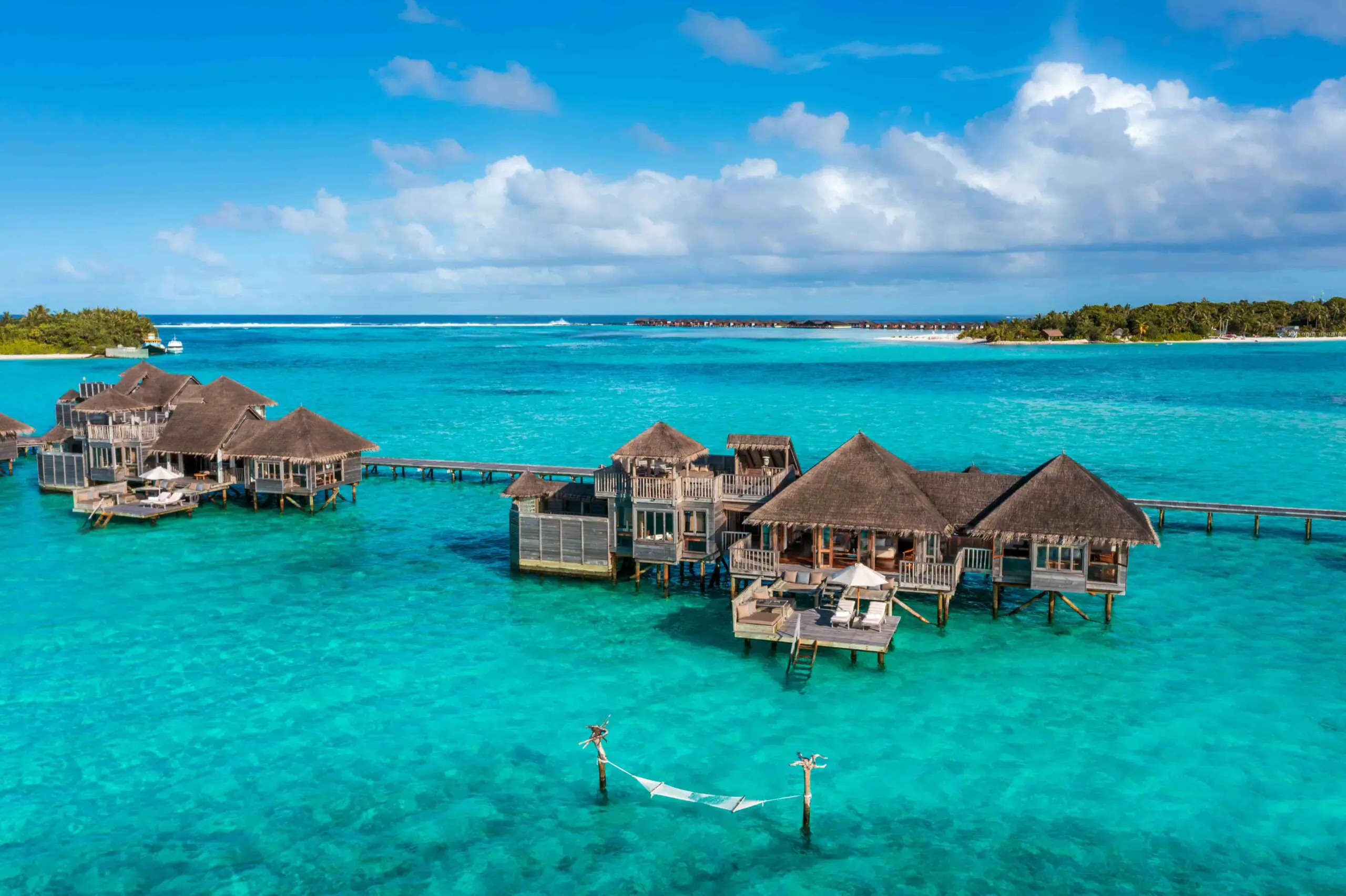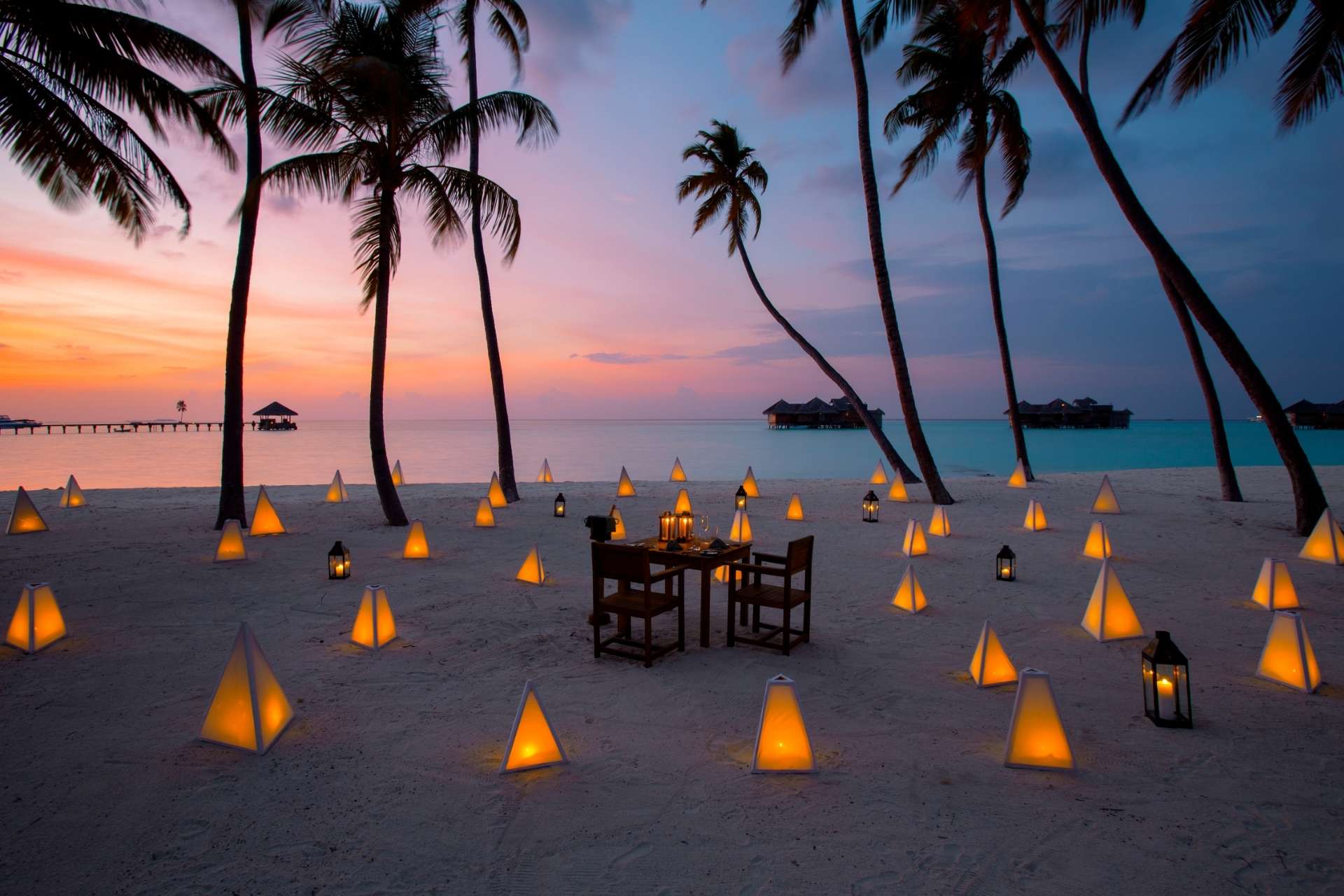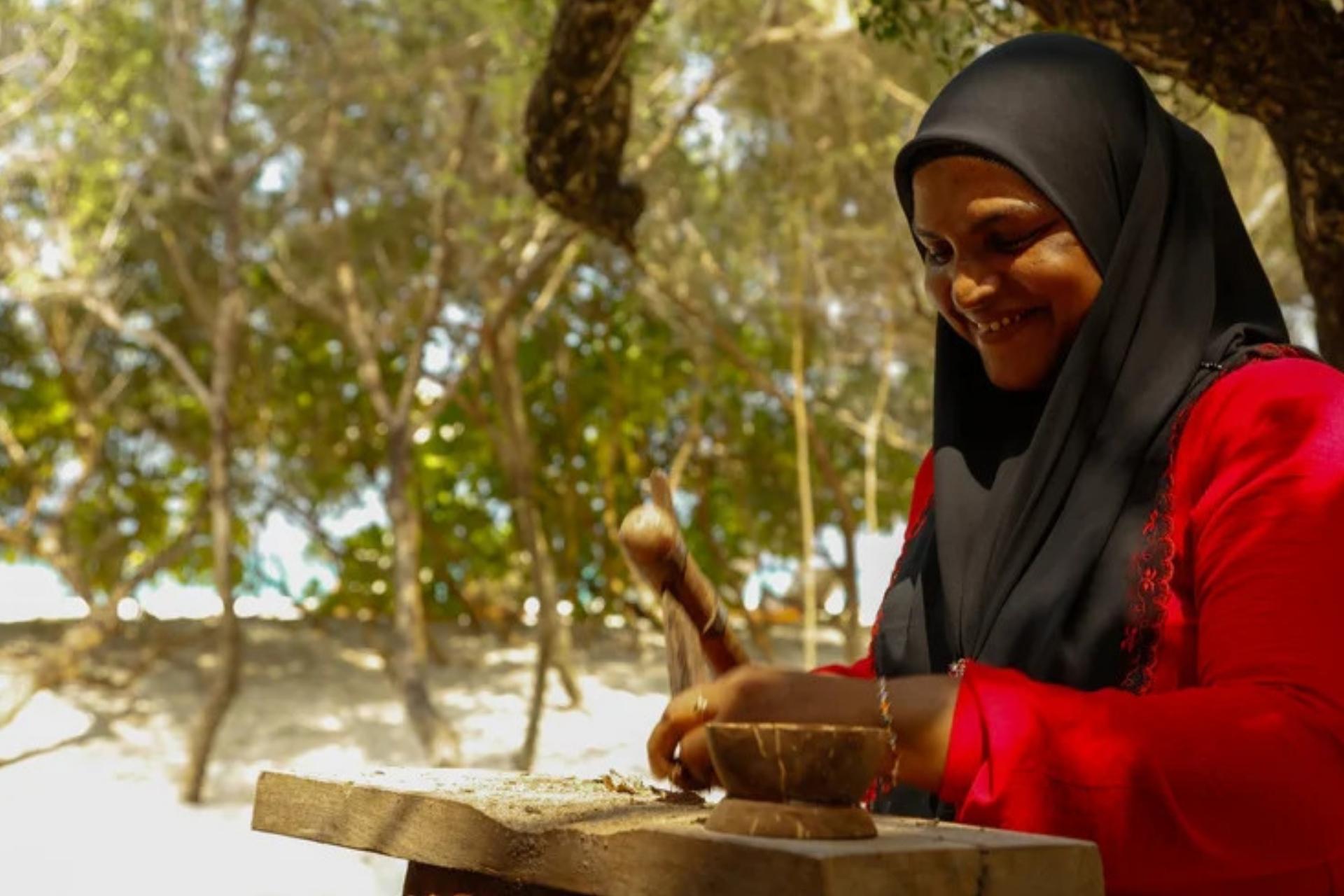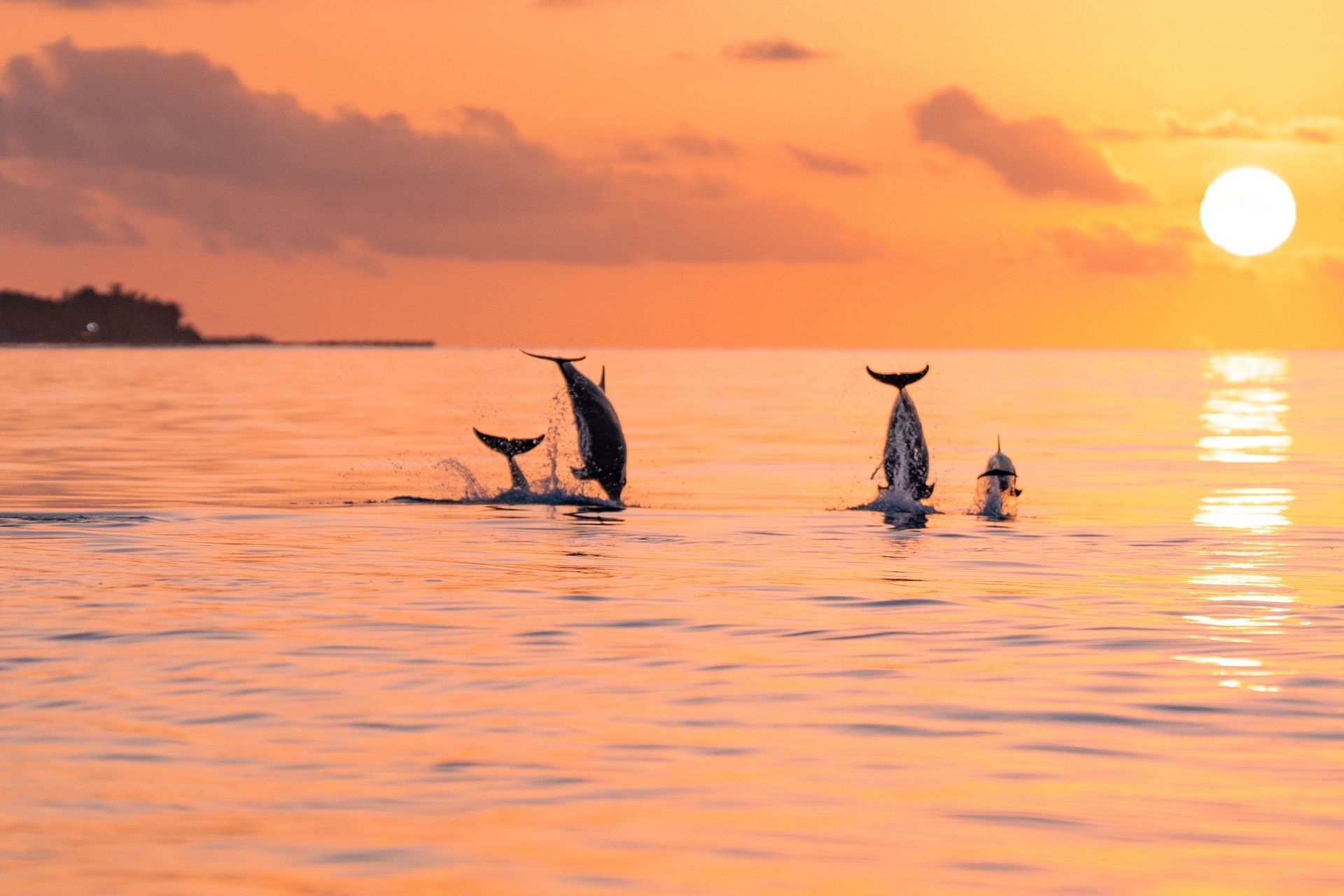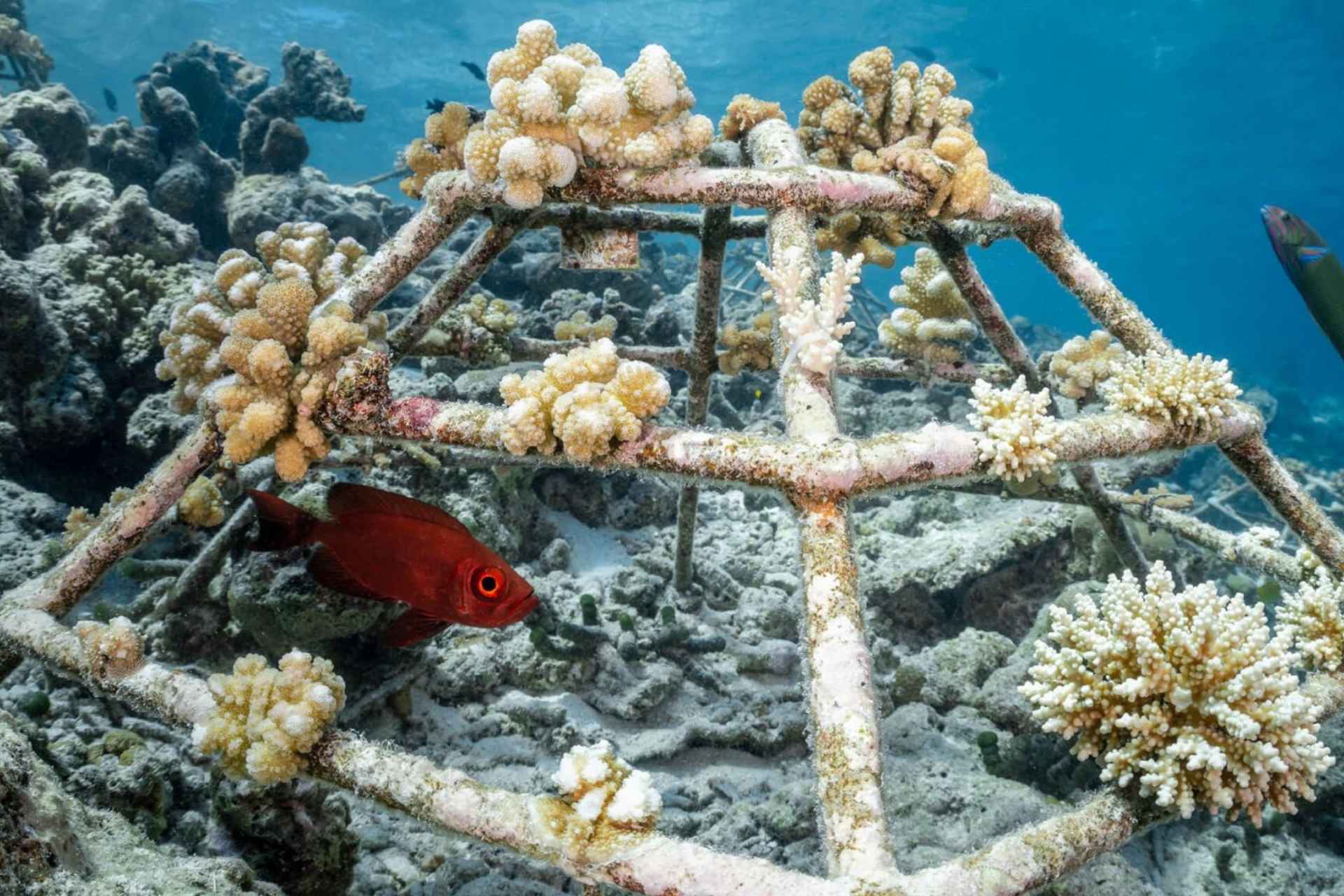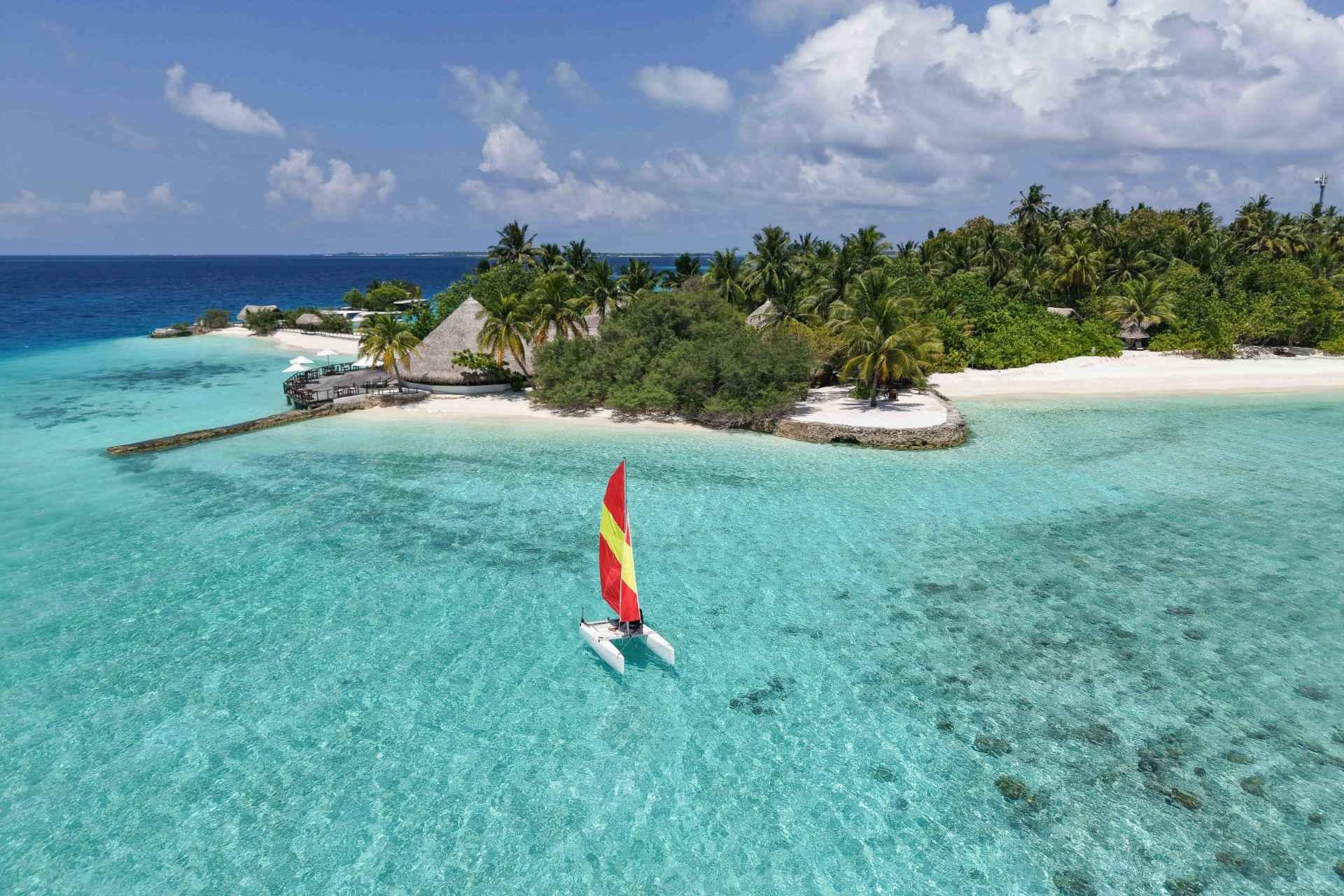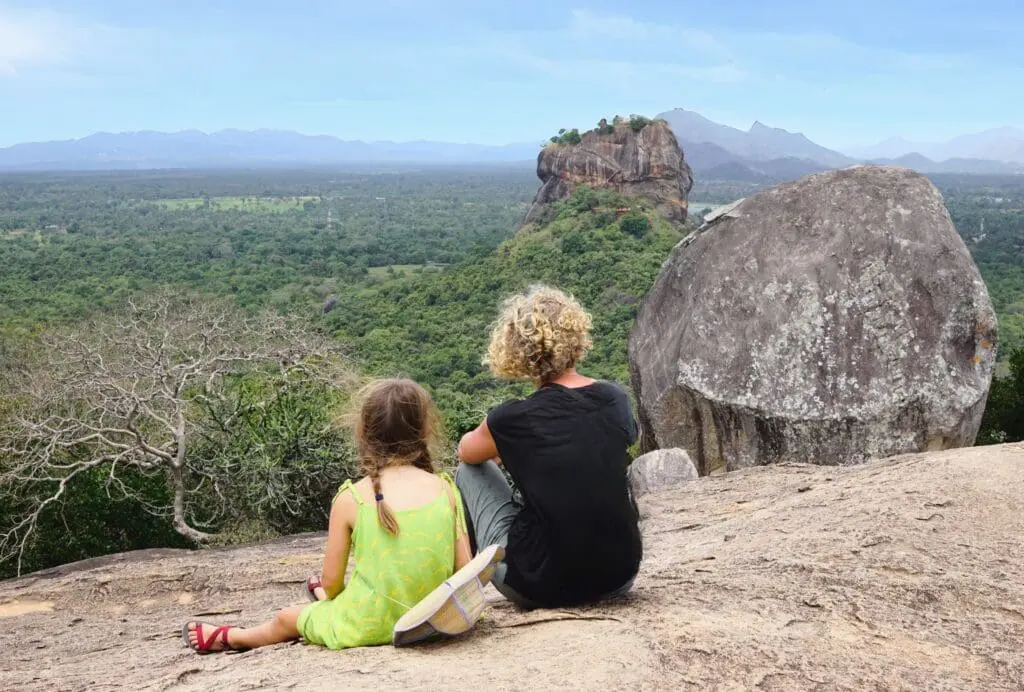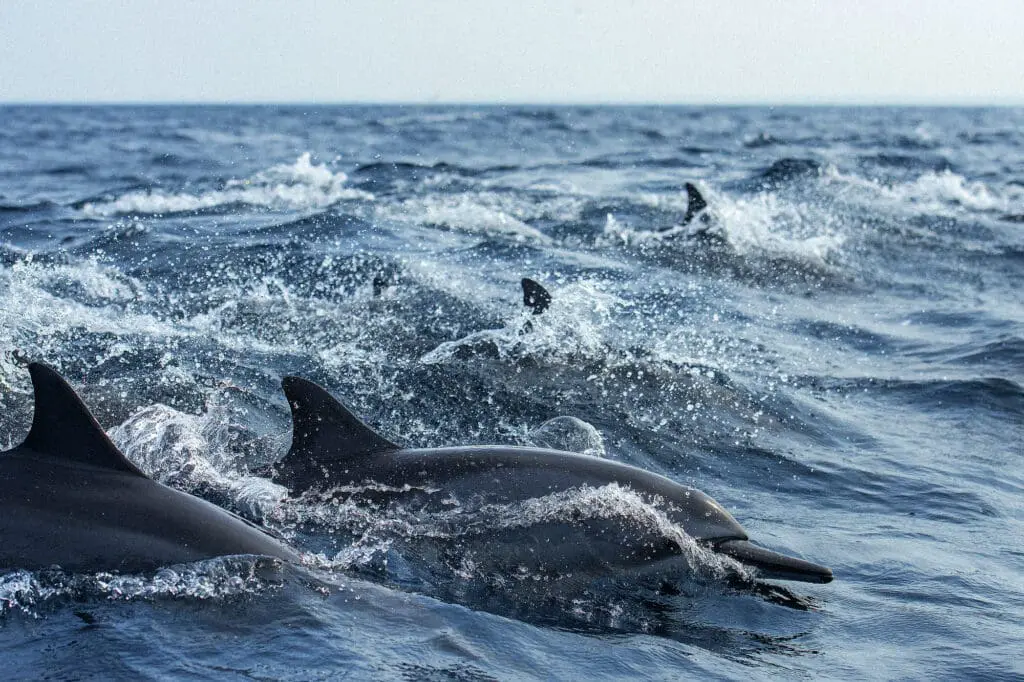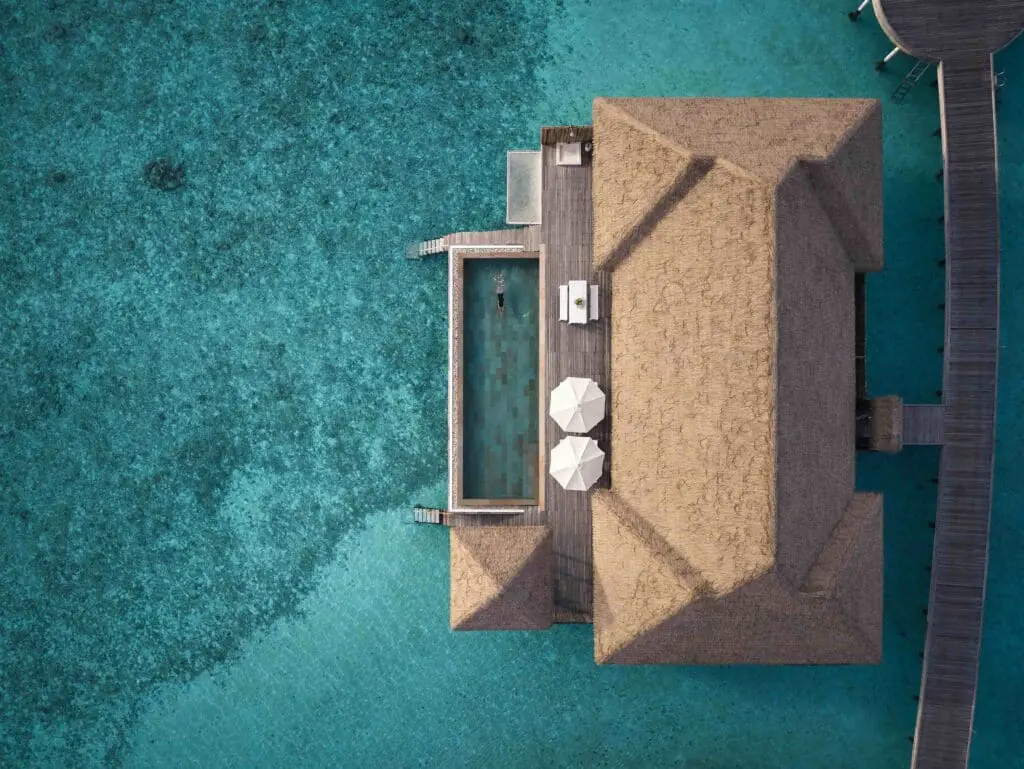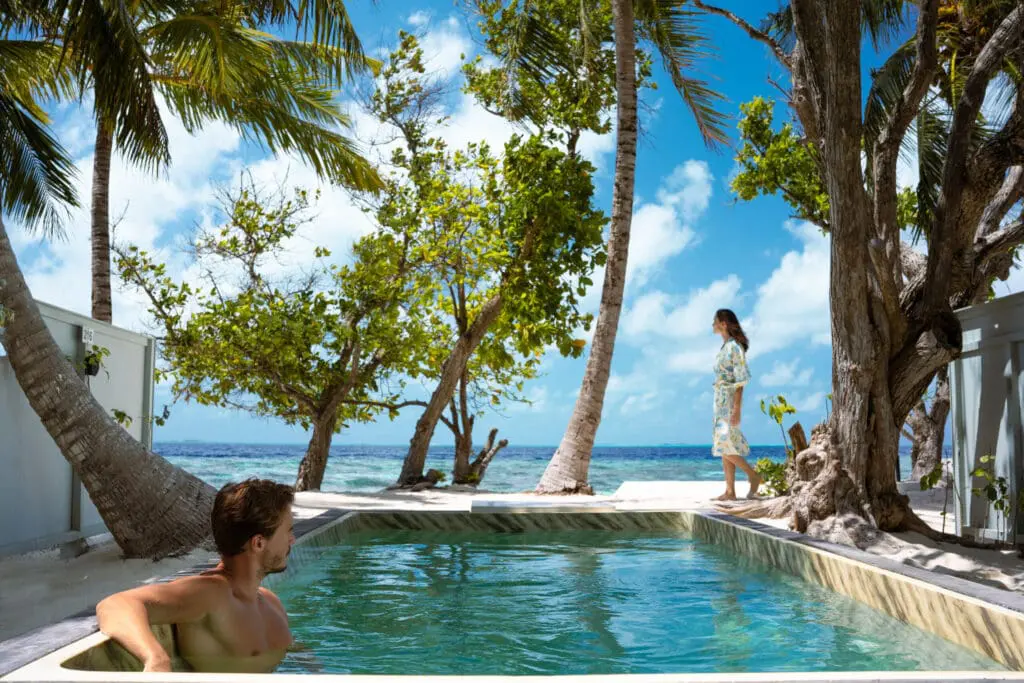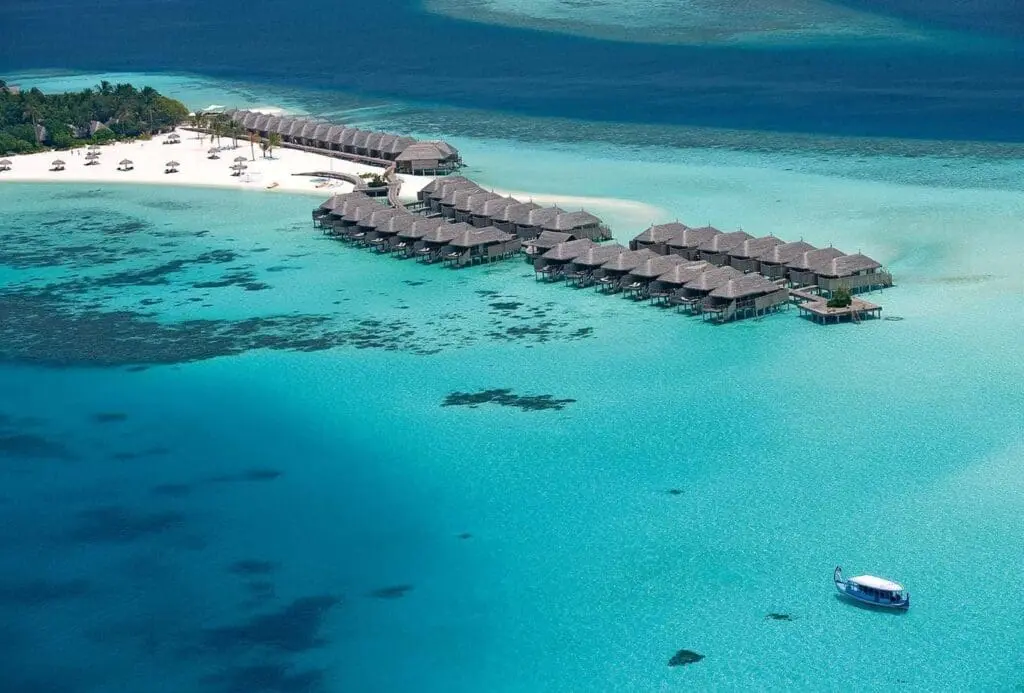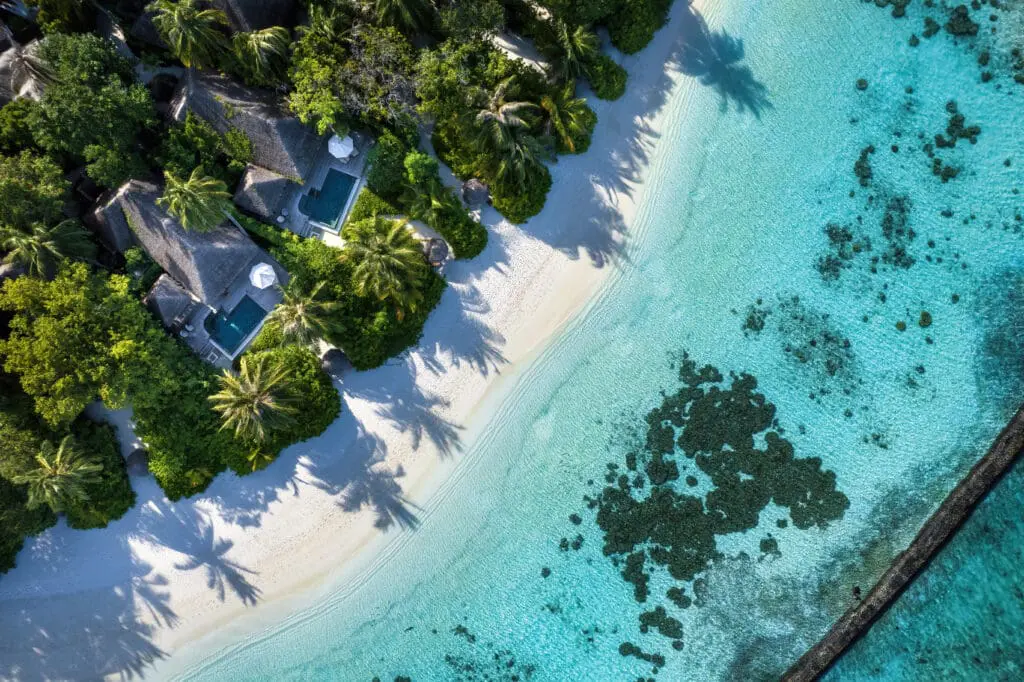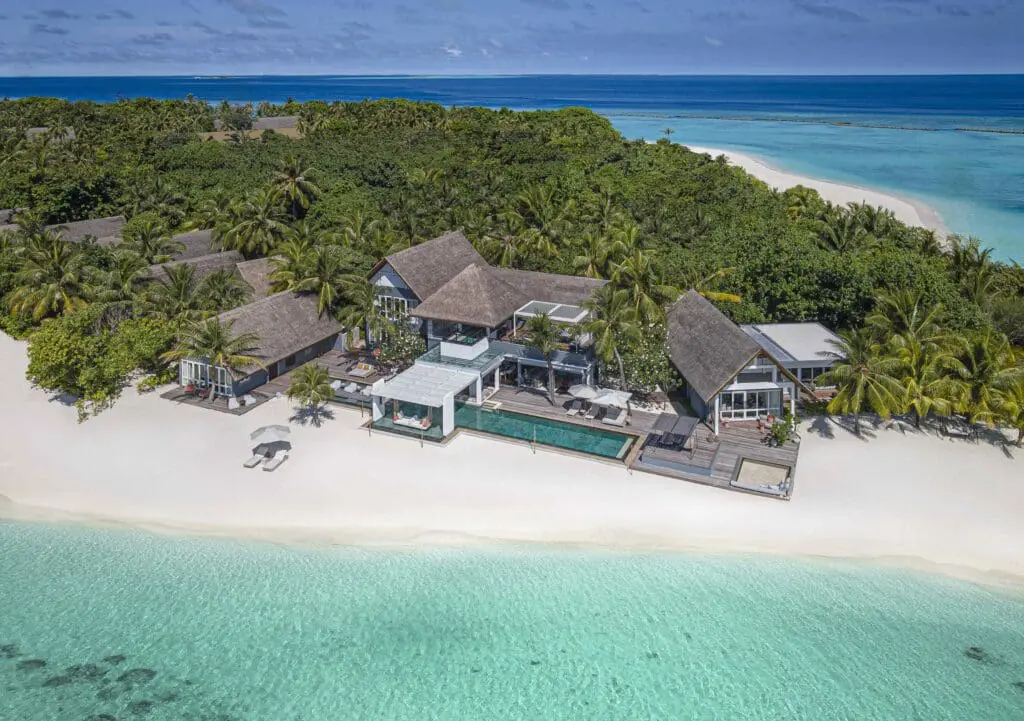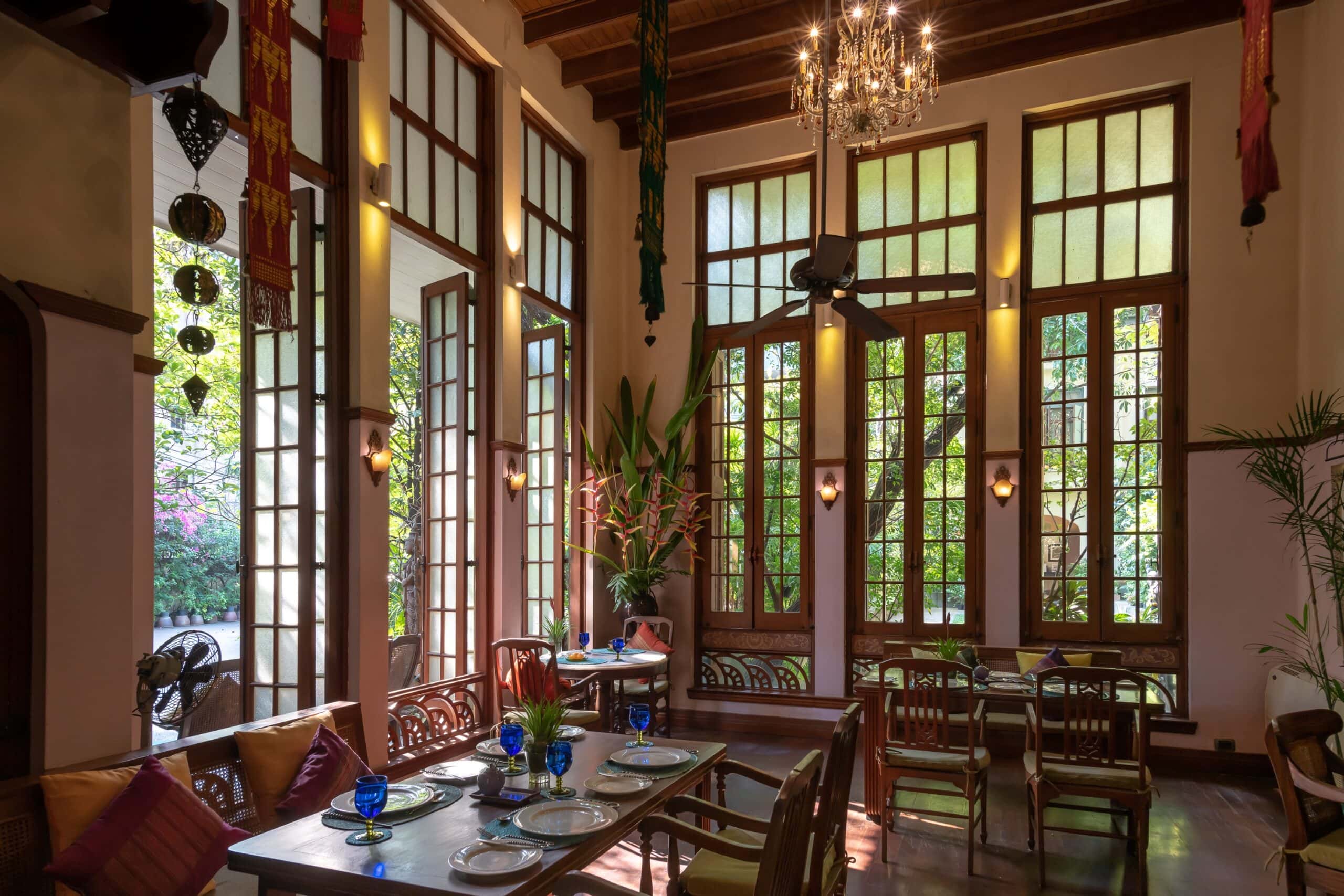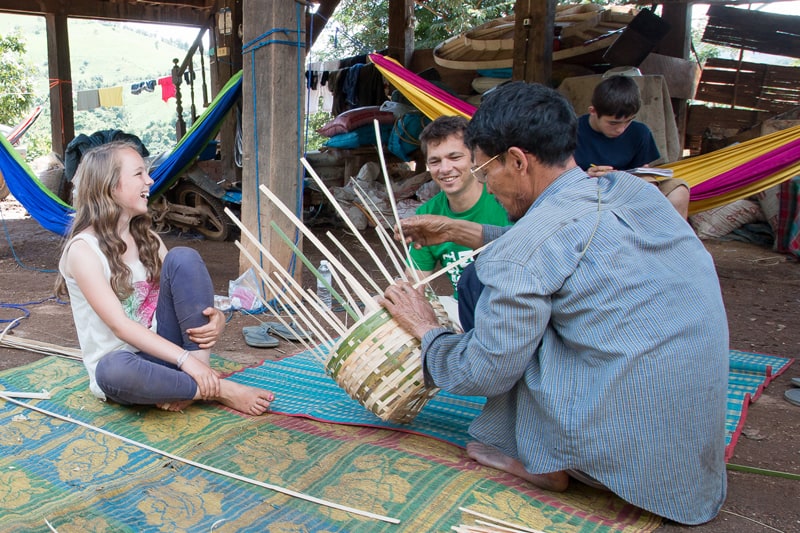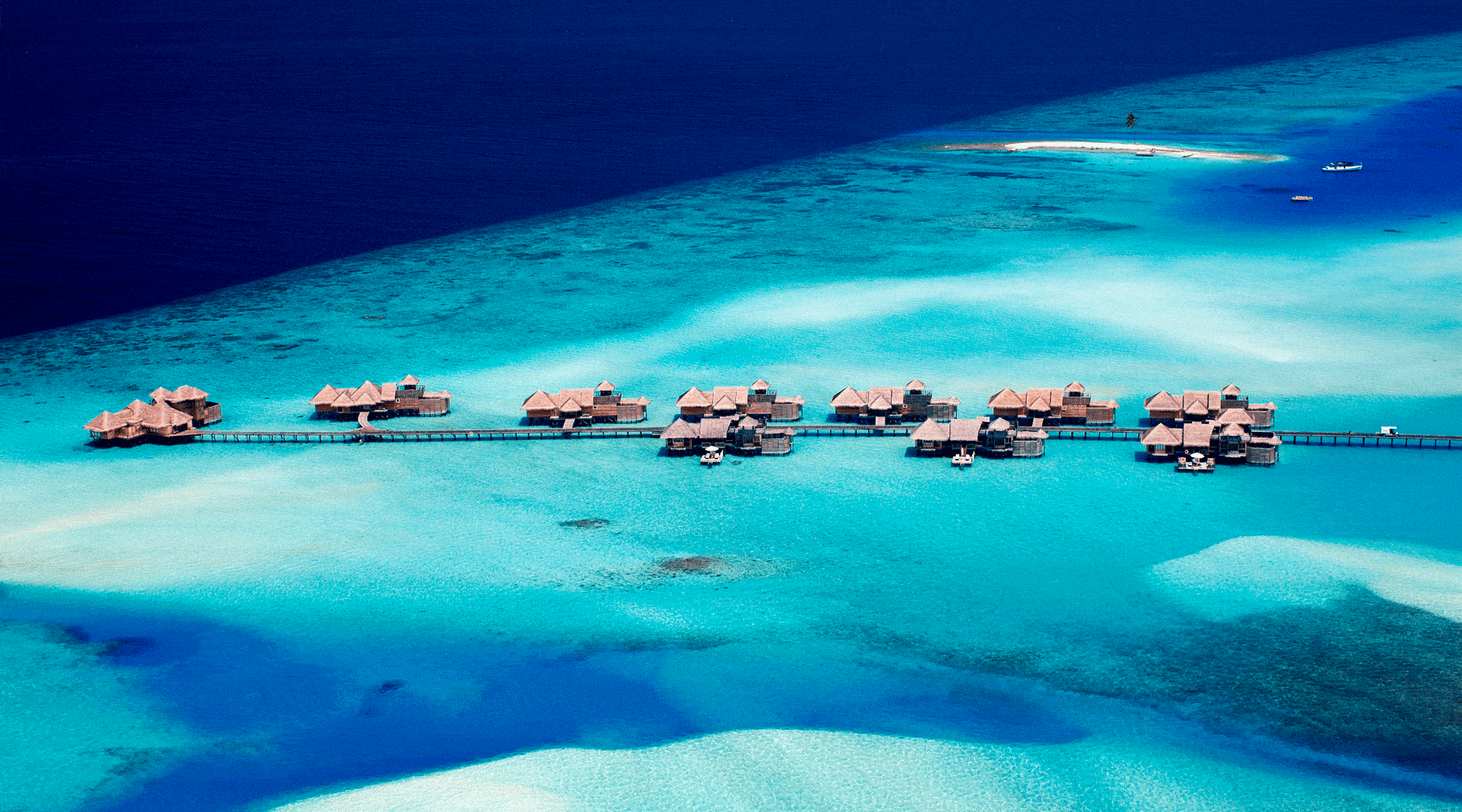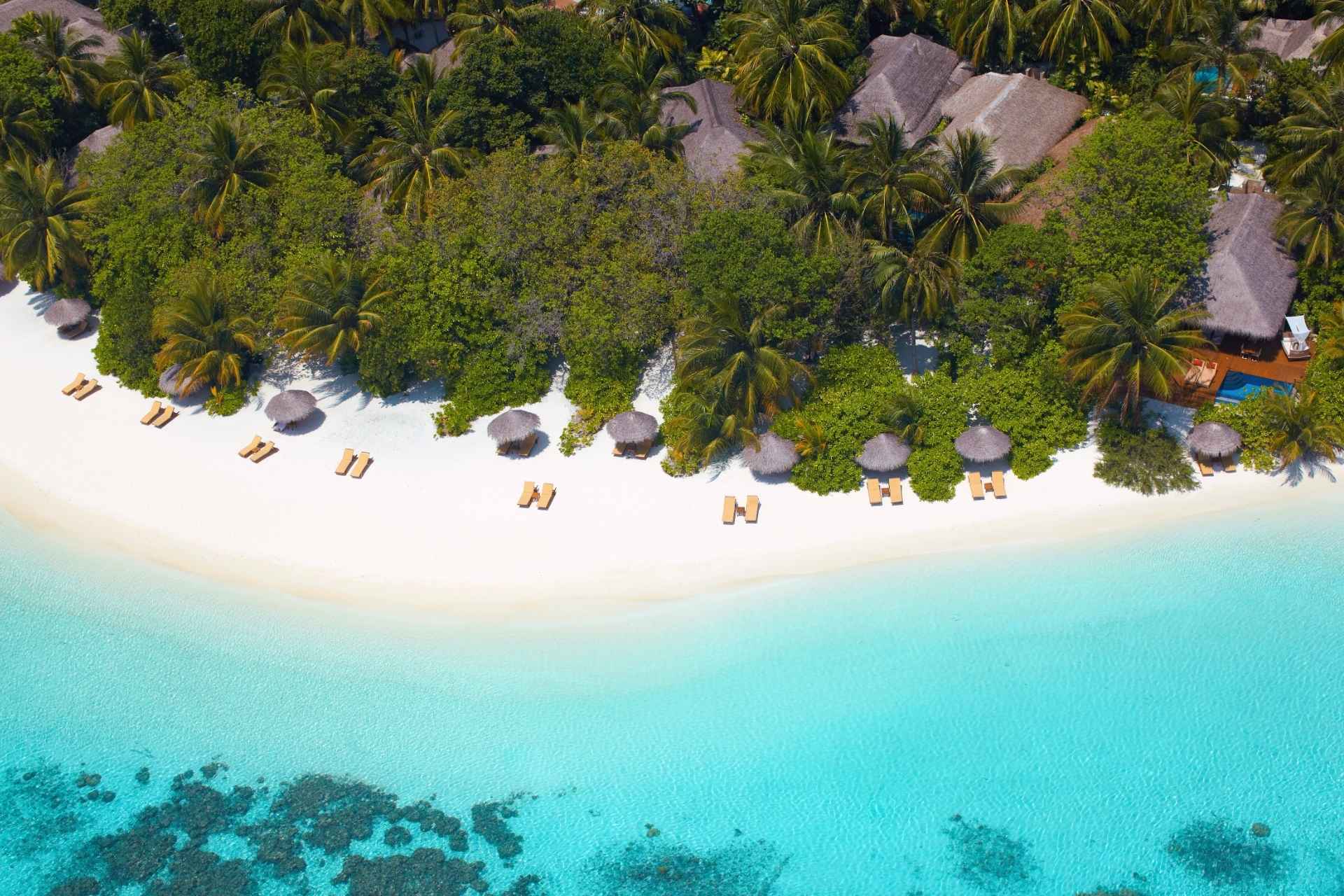
Baros
When is the best time to go on holiday to the Maldives?
Since it’s on the equator, the temperature is warm year-round, and the climate is usually dry. This makes the Maldives a year-round destination which gives you some flexibility when planning when to go.
January to April is the optimum time to visit, with minimal rain, brilliant blue skies, and temperatures around 29C. The sea will be clear and calm.
May to September is monsoon season but this should not completely put you off going and it’s the best time to get a good deal. Humidity and rain do increase over these months, but as the islands are low-lying, rain clouds blow over very quickly so rain will usually be short-lived. There will be fewer travellers and excellent “low season” offers so you may find the most peace as well as a great-value Maldives experience. The weather usually settles down again in October. Expect long days of brilliant sunshine and temperatures in the high 20°Cs – low 30°Cs.
Visiting the Maldives in December can make for a brilliant Christmas holiday – though do be warned, this is a popular time to travel, so it’s worth booking early. Our Maldives weather and festival guide can be used to help plan month by month as well.

Baros
Which room type should I go for? Beach, lagoon, overwater villa?
How long should I go to the Maldives for?
The Maldives works well for a week-long holiday although 10 days to 2 weeks is ideal. It also works brilliantly as a 3–5-day bolt-on to a longer holiday in Sri Lanka which is only 1 hour away by plane.
If you’re visiting after Sri Lanka or staying for a week, we would recommend sticking to one resort. With 2 weeks to spare, we would recommend splitting the stay between two separate contrasting resorts or mixing up the holiday with some time on a local island. Some people stay in the Maldives for a month or longer and if you have the time, the inclination, and the budget then we say, why not?!
What is there to do in the Maldives? Will I get bored?
The Maldives is a wonderful place to simply relax and unwind, and it’s surprisingly difficult to get bored. Even the most active members of our team swear that they never get bored in The Maldives.
The ocean is a big draw of course and many activities are based in or on it! Most Maldives resorts have a dive or water sports centre usually equipped with Hobie Cats, paddleboards, kayaks, and snorkelling gear to use off the beach. They all offer a range of boat trips further afield, whether for dolphin-watching, fishing, or diving. Most good resorts also have educational projects and coral regeneration programmes that guests can and should get involved in.

COMO Maalifushi
Beyond the water – most resorts have a good range of gym equipment and sports facilities; some bigger islands even have facilities like tennis courts.
Each resort will have a choice of interesting and inventive activities on land too, from cinemas under the stars to astronomy experiences there will always be something going on, if you want to get involved. Most resorts offer day trips to neighbouring locally inhabited islands where you can get a feel for day-to-day life outside a resort. Visiting one is a fantastic way to get a taste of Maldivian life, food and culture and well worth doing.
What is a seaplane journey like and how does it work?
If you have a seaplane transfer, you’ll be whisked from the international arrival’s hall to a departure lounge. Some high-end luxury resorts have their own dedicated departure lounges where you can complete resort and room check-in. Seaplanes come and go like buses in The Maldives, so you’ll rarely have to wait long to be up in the air again – the entire process is swift and good fun.
Once you’re on board, you’ll take off quickly. The seaplane can be quite noisy, but you’ll be given earplugs for the journey. These planes fly at a low altitude below the clouds, so you’ll always get magnificent views. Sometimes the seaplane will be transporting people to a couple of different resorts, so you might drop people off at an island in a nearby atoll before reaching your own; journeys are usually short, though, and this doesn’t tend to feel inconvenient. When you reach your resort, you’ll land at a jetty offshore, where you’ll be greeted by resort staff and transferred by boat or golf buggy to your room or villa.
What size of ‘resort’ island should I stay on in the Maldives?
When choosing your resort, it’s important to weigh up several factors, and the size of the island is a key one to think about.
Compared to other destinations you might have visited, the Maldivian islands are small. You’ll probably bypass the capital island Malé but even that is only 8 sqkm – interestingly with 250,000 residents, it is also one of the most densely populated capitals in the world. As for resort islands, the smallest is only 300 metres long, while the largest covers about 1.5km of land. Some resorts extend out as far as 5km or so though as they often create a larger total footprint by extending and fanning out over the water. For example, the original part of Soneva Jani Resort was built entirely over water – an amazing sight and an impressive feat of engineering.
But what is it like staying on a small island versus a medium or large island? There are numerous pros and cons that are worth considering…
Small Islands
Unsuprisingly, on the smallest of islands, there will be fewer people. The smaller islands usually offer more privacy and a highly elevated level of personalised service. And of course, you get that true desert island feel. These sorts of islands are wonderful for couples or honeymooners. There will be a smaller choice of restaurants and activities and these resorts might be too small and quiet for some people, especially for families but they are incredibly special for the right guests. Some small islands that we highly recommend are Milaidhoo, Constance Moofushi and Baros, which all have between 50 and 100 rooms or villas. Geographically speaking, Baros is a little bigger but still retains the feel of a small island.

Baros
Medium Islands
Medium-sized islands usually have 100-200 rooms, a nice balance of facilities and activities, and serve as a good all-round option.
Some of the privacy and personal touches of the smaller islands might be lost but generally, they’re a safe bet.
Examples of good medium-sized islands include Lily Beach, Finolhu and Joali. Joali only has 75 villas, but they are big, and it doesn’t feel small at all.

Lily Beach
Large Islands
The larger islands are great for people who like a good choice of room options and dining choices and are better for those who like to be sociable. They are a good option for families too with a wider range of things to do and places for kids to explore. Often on these islands, you will be allocated your own bicycle for the duration of your stay – cycling to breakfast is a lovely way to start the day in The Maldives.
Some large resorts have up to 400 rooms although the large five-star resorts tend to be geographically large with a relatively low villa count across a large island – there will be a higher staff-to-guest ratio so the service will still feel highly personalised, and the activities and entertainment will be well thought through and of high quality. You might even find activities being run by well-known chefs or famous sports stars. At lower standard large resorts, there will be too many rooms to retain a truly personal touch and there is a risk of the dining feeling a little canteen-style with entertainment being more prescribed. These resorts can come in cheaper so are a good option on a lower budget.
Some great 5-star large islands include Soneva Fushi, Amilla Fushi and The One and Only Reethi Rah where the service, dining and entertainment are always top-notch.

One&Only Reethi Rah
Which room type should I go for? Beach, lagoon, overwater villa?
When planning a trip to the Maldives, many people are drawn to the idea of staying in an overwater villa. If budget is no issue, then there is no doubt that this is a wonderful thing to do. Suspended directly over the water and often with windows set in the floor to see the turquoise water and fish below, or with steps – sometimes even your own slide – directly into the sea, these villas are dreamy. There are a couple of things to bear in mind though. Overwater villas are usually further away from the main resort facilities than land villas – more peaceful but further to walk. Additionally, in an overwater villa, you will be able to hear lapping water as you go to sleep, which could be soothing or annoying, depending on how well you sleep! Since they’re out on the water, some overwater villas lack total privacy, for example, you might see the occasional boat or paddleboarder glide by. Overall, though, staying in an overwater villa is a special experience.
We think the best approach is to weigh up the pros and cons of the entire resort rather than getting too fixed on staying in an overwater villa. Overwater villas often come at a premium, especially those with a sunset view, and we wouldn’t always recommend downgrading your choice of resort so that your budget can stretch to an overwater villa. You’ll usually have a better experience all around if you stay on land in a better resort than downgrade to a lesser resort simply to stretch to an overwater villa.
For some visitors, walking out directly onto the beach from a ‘beach villa’ will be preferable to staying in an overwater villa. Additionally, some resorts now offer ‘lagoon villas’ – where the villa itself is on land but has steps directly into the sea. It’s also worth noting that some resorts such as Gili Lankanfushi only have overwater villas.

Gili Lankanfushi
Is the style and vibe something I should consider?
Since each of the 160 or so resorts is its own private island, each operates as a world in itself and so it will either have been created and designed with a distinctive style quite deliberately or one will have emerged organically over the years.
Some resorts are quite vibrant and playful (Finolhu), some are really paired back and might feel more Robinson-Crusoe style (Makanudu). Others are glitzier and guests often get dressed up for dinner in the evening (One & Only Reethi Rah).
Joali and Soneva Fushi are both high-end resorts in a similar price bracket but they have a very different design style which should be evident just by looking at their images. We always recommend thinking back at other hotel experiences you’ve enjoyed to try and find a good match.
It would be too long-winded to name each resort here but to give you a rough idea of how the style might feel overall:
Design-led: Cheval Blanc, Veela, One and Only Reethi Rah, Joali
Barefoot Luxury: Gili Lankanfushi, Six Senses, Soneva Fushi
Polished international Style: Intercontinental, JW Marriot, St Regis, Waldorf Astoria
Buzzy: Four Seasons Landa, Six Senses Laamu, Constance Moofushi
Wellness Led: The Como’s, Joali Being
The vibe is harder to bottle and can sometimes be swayed by the main nationality of guests, how formal or informal the service is, the type of entertainment on offer and whether guests are more likely to be seeking privacy or a sociable scene. At some resorts, you might find everyone has gone back to their room by 9pm, whereas others might have a bar or DJ scene. Service might be extremely personalised at some smaller resorts but it will be more formal in others.
Some resorts have quite a significant client mix from all areas of the globe but not all nationalities travel in the same season. Some resorts might be dominated by Asian, Middle Eastern, European or a specific demographic of tourists at different times of the year. It can change the whole atmosphere of your holiday if the resort is 90% one nationality and 10% others so this is something to bear in mind.
Trendier resorts are known to fly in DJ’s and musicians for the night, especially ones closer to Male and this is fantastic is you want more of a scene at night (it’s still the Maldives – so it’s nothing wild!). Places like Finolhu have in-house circus acts which are brilliant fun, and often have people dancing into the early hours. It’s a great way to meet other guests and have a bit of a laugh if you want to let your hair down.
A number of islands are a little more traditional and stick to a tried-and-tested formula that they might have honed elsewhere in the world – we mean this in a good way. Vakkaru, the Anantara’s, Four Seasons Kuda Huraa and Dhigali are quite laid back, with lovely service, a wide selection of food choices with the odd bit of entertainment – the best way to describe these is as top quality all-rounders.
As we alluded to when talking about the size of the islands, some lower standard large resorts can feel a bit more could-be-anywhere. Essentially, you do usually sacrifice something in style, vibe and service in a very large, lower-end resort but for some people, this will be acceptable to enjoy the wonderful experience of being in the Maldives.
Are there adult-only resorts?
The Maldives is one of the best-known romantic getaways and for some couples, getting away from excitable youngsters is non-negotiable. That said, while a fair few Maldivian properties are only open to kids of twelve and over, there are fewer adult-only resorts than you might expect. ETG’s top pick is Hurawalhi, an all-inclusive luxury island in the Lhaviyani Atoll. With their spacious and beautifully styled villas, choice of amazing restaurants and countless experiences, Hurawalhi is an excellent choice for honeymooners or couples seeking a romantic escape. You can spend your days snorkelling, picnicking on uninhabited islands or exploring the waters by sailboat – the options are endless.

Gili Lankanfushi
Family Holidays in the Maldives
Which school break is the best time to go?
It’s possible to get decent weather in the Maldives at any time of year, which means you can even squeeze in a trip during a shorter half-term break. It’s a solid option for most school holidays, including the main ones like Christmas, Easter, and summer. While the Maldives is enjoyable year-round, it’s an especially good choice for families in the winter when, skiing aside, a holiday in Europe isn’t always so tempting.
Can I stay on a local island in the Maldives?
Some of the local islands’ welcome visitors in guest house accommodation. We work with responsible partners to offer the option of 2 or 3 day stays, or entire holidays staying on a locally inhabited island or islands. This is a different kind of experience to staying in a resort – you’ll be able to cycle or walk around a town on foot and get a feel for Maldivian life, culture, and traditions.
Whilst the local islands can be bigger than resort islands, guest houses are usually smaller than hotel resorts and often just on a B&B basis. You will have a chance to meet the community, explore markets, fish for a BBQ dinner to cook up and share with a resident family. There is a chance to join conservation programs, meet local craftsmen and of course to enjoy the snorkelling and swimming that The Maldives is known for. The Barefoot Eco Lodge is a particularly good place to stay on a large locally inhabited island.
It is worth noting that it’s not possible to drink alcohol whilst staying on local islands although there is often a boat bar that you can take a trip to offshore.
This is an experience that most tourists miss and is highly recommended, even if just for a couple of nights before moving on to a resort. Staying on a local island is also a much more cost-effective way to visit the Maldives so could also be a great experience for anyone looking to visit the Maldives on a budget.

The Barefoot Eco Hotel
Resort island vs a local island
There are around 165 resort islands to choose from in the Maldives, many of which are managed or owned by well-known hotel brands. Each has a distinct feel and price point and commands an island to itself with everything on the island managed by the resort. So, when you see Soneva Fushi or Oblu or whichever resort named, this refers to both an island and a hotel resort.
Beyond these, there are also some 200 or so locally inhabited islands where there are no resorts and Maldivian people go about their day-to-day business. You rarely hear about these islands as few tour operators offer holidays to them, however, members of Team ETG have travelled extensively and know what it’s like to travel around local islands and stay in Maldivian guesthouses.
The are many other islands too, some of the tiny specks, that are completely uninhabited, some completely deserted, and others used in a variety of ways, from destination dining locations for luxury resorts and numerous other functions.
What is a ‘house reef’?
The Maldives is rightly known for its magnificent marine life, which is no surprise given that the country is made up of a chain of 26 coral atolls. So no matter where you are, you’ll be within easy reach of the underwater world. If you’re planning to snorkel or dive a lot during your stay, it’s well worth choosing a Maldives resort with its own house reef. This means that a reef wraps all the way around the island; or may cover part of the shoreline, and in a few cases, you’ll need to take a short boat ride to reach the reef.
But staying at a resort where you can swim among a reef, right off the beach is bliss.
Some of our favourite resorts with great house reefs include Baros, Lily Beach, Oblu Nature Helengeli, Milaidhoo and Soneva Fushi. These resorts have marine biologists on hand to tell you everything there is to know about their reef, to offer guided snorkelling and diving and perhaps night excursions, where you can explore the reef in the dark and see the magical bioluminescence!
You might sometimes need to go beyond the house reefs to spot specific types of underwater life like whale sharks and manta rays, which are among the country’s biggest draws. Whale sharks are most visible in the South Ari Atoll (our top pick: Constance Moofushi) and can be seen at all times of the year, so there is no pressure to book your trip for a certain time. Manta rays, however, tend to glide through the Baa Atoll in Hanifaru Bay between May and October (our top pick: Milaidhoo Island). Whale sharks have also been known to appear in the Baa Atoll around this time too so if you want a good chance of seeing both, picking a resort in this area will be your best bet. Across the whole of the Maldives, there are fantastic opportunities to see dolphins and turtles throughout the year.

Lily Beach
What about sustainability and responsible tourism in the Maldives?
So much of what is wonderful about the Maldives is in the natural beauty, above and below the waterline. So, you might want to know how to choose a resort that gives you a fabulous experience but also does its best to mitigate its impact on the environment. We recently took a deep dive into the policies of 30 of our favourite resorts to find out more about their approach to responsible travel.
We found that most hotels have initiatives to limit damage, and many are taking steps to have a positive impact. These resorts usually have a resident marine biologist with a variety of roles: educating guests, enhancing their experience, monitoring the house reef, and contributing to research projects. Think reef rehabilitation initiatives with coral planting programmes that you can get involved in and partnerships with organisations that aim to combat marine pollution.
In a country where there are such limitations on fresh water and on waste disposal – we found that most hotels recycle their grey water for irrigation and compost their food waste. Refillable toiletries are not quite as universal as refillable water bottles but it’s getting that way, with many big hotel chains like Hyatt and Intercontinental in the process of eliminating single-use plastic toiletries from all their properties worldwide. The Soneva resorts were among the first in the world to ban plastic bottles, back in 2008, and are now carbon neutral and 90% waste-free. To reach their target of 100% they have become the first company in the Maldives to recycle plastic – including tricky items such as sunblock tubes – into new products.
Investing in the health of the local community is another vital part of sustainability in the Maldives and good resorts will be engaged in initiatives designed to benefit their local communities whether it’s through investment, education or partnership. At Como Maalifushi, for example, the dive centre gives local high school students the opportunity to obtain certification, a valuable skillset for employment in the Maldives. The 4* Barefoot Eco Hotel is closely involved with the local community and there are genuine opportunities for guests to experience and learn about Maldivian culture.

Makunudu
What is the food like in the Maldives?
In terms of dining, the Maldives is better known for its high end, international fare than the local cuisine. There are certainly a huge number of gorgeous restaurants with world-class chefs from Italy, Thailand, India and beyond, some of them, Michelin-starred and well worth a visit. Our personal favourite foodie resort, however, manages to combine all this with a unique local twist as well. Milaidhoo is not only a beautiful property but a food lover’s paradise. The breakfast buffet is unrivalled anywhere we have been and Milaidhoo is also home to one of the first-ever fine-dining Maldivian restaurants, where you can experience local cuisine crafted from the chef’s mother’s recipes. Unless you’re going really off the beaten track, you won’t find this opportunity anywhere else.
Many resorts offer a taste of the Maldives though and most buffet breakfasts will include a local option which you should try at least once during your stay. A Maldivian breakfast is usually composed of Roshi or Maldivian flatbread, fresh tuna blended with coconut flakes.
Another way to get an authentic flavour of the Maldives is of course to visit a local island.
All the Maldives resorts Team ETG have visited
We pride ourselves on making sure we visit as many resorts as possible in the Maldives. It’s a tough job, but someones got to do it! Below are all the resorts that Team ETG has been lucky to visit:
Four Seasons Kuda Huraa, Four Seasons Landaa Giraavaru, Taj Exotica, Soneva Fushi, Soneva Jani, Gili Lankanfushi, Baros, Milaidhoo, Filitheyo, Kuredu, Komandoo, Dusit Thani, Huvafen Fushi, Park Hyatt Hadahaa, Joali, Jumeirah Maldives, Vakkaru, Cocoa Island by Como, Niyama, Amilla, Intercontinental, Finolhu, Bandos, Baglioni, Ozen Reserve Bolifushi, The W, Olhuveli, Amari, Anantara Dhigu & Veli, Lux South Male, Kudadoo, Kagi Island, and Hurawalhi.
FEELING INSPIRED TO GO?
Please get in touch on 0207 924 7133 .
Alternatively, fill out an online enquiry form to start your journey.

